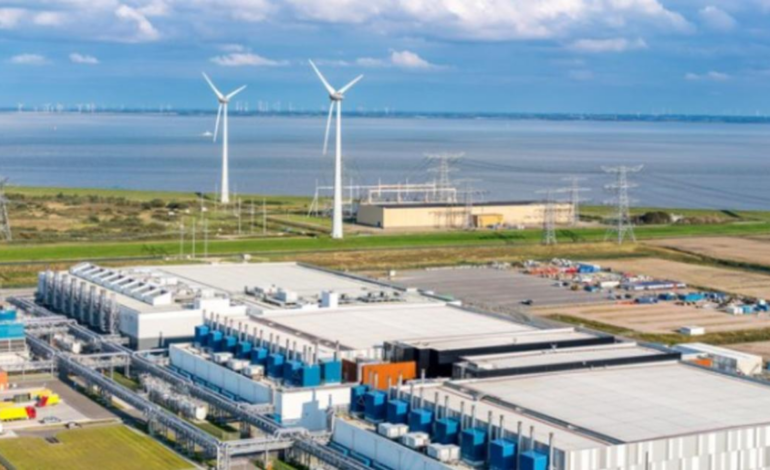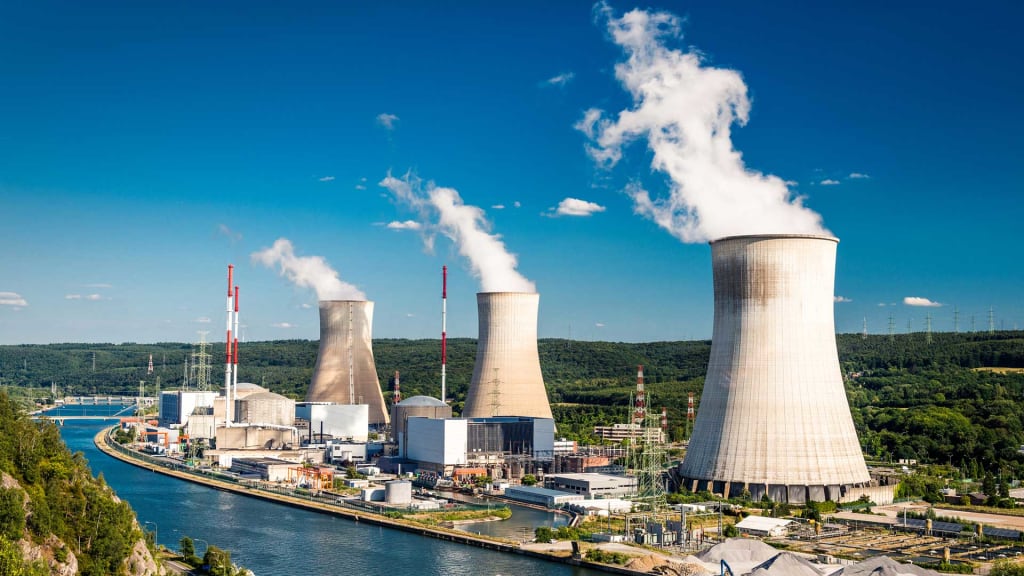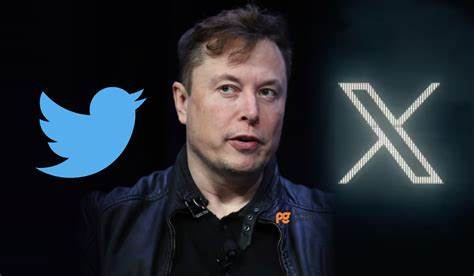Amazon, Google make dueling nuclear investments to power data centers with clean energy

In a move that underscores the increasing demand for clean energy to power data centers, tech giants Amazon and Google have announced separate investments in small nuclear reactors. Both companies are exploring nuclear power as a way to meet their energy needs while reducing carbon emissions, aligning with their environmental commitments.
Amazon’s announcement on Wednesday came just two days after Google revealed similar plans. Both companies aim to leverage small modular reactors (SMRs), a new form of nuclear technology designed to produce carbon-free electricity at a lower cost and in smaller footprints than traditional reactors. These investments signal a shift toward diversifying renewable energy sources beyond solar and wind, which have so far been their primary focus.
The demand for electricity, especially from data centers and artificial intelligence applications, is skyrocketing. The International Energy Agency estimates that data centers will consume more than 1,000 terawatt hours of electricity by 2026—double the consumption from 2022. As the energy needs of tech giants grow, traditional renewable sources may not be enough to meet the demand.

Kevin Miller, Vice President of Global Data Centers at Amazon Web Services, emphasized the role of nuclear energy in their strategy. “AI is driving a significant increase in the amount of data centers and power that are required on the grid. We view advanced new nuclear capacity as really key and essential,” he told the Associated Press.
Google, meanwhile, has partnered with Kairos Power, a nuclear technology company, to develop small modular reactors, with the first expected to come online by 2030. The deal is projected to bring 500 megawatts of clean energy to the grid, contributing to Google’s goal of achieving round-the-clock carbon-free energy.
Amazon’s plans include exploring partnerships with utility Dominion Energy to potentially place a reactor near its North Anna power station in Virginia. Additionally, Amazon is collaborating with X-energy and Energy Northwest to develop reactors in Washington state. Combined, these nuclear investments could account for over 5,000 megawatts of power by the late 2030s.
While both Amazon and Google have made significant strides in using renewable energy, the companies recognize the need to diversify their energy portfolios to meet growing electricity demands. Google has pledged to achieve net-zero emissions by 2030 and power its operations with carbon-free energy around the clock. Meanwhile, Amazon met its goal of matching its electricity consumption with renewable energy purchases early in 2023 and is targeting net-zero carbon emissions by 2040.
The tech industry’s embrace of nuclear energy marks a pivotal moment for the future of clean energy, potentially accelerating the adoption of SMRs. As Kathryn Huff, an associate professor at the University of Illinois, pointed out, the involvement of big investors like Amazon and Google could be the “inflection point” needed to bring this technology into widespread use.
These investments are not only crucial for the companies’ sustainability goals but also signal a broader shift in how the tech industry plans to power its ever-expanding digital infrastructure without relying on fossil fuels.









